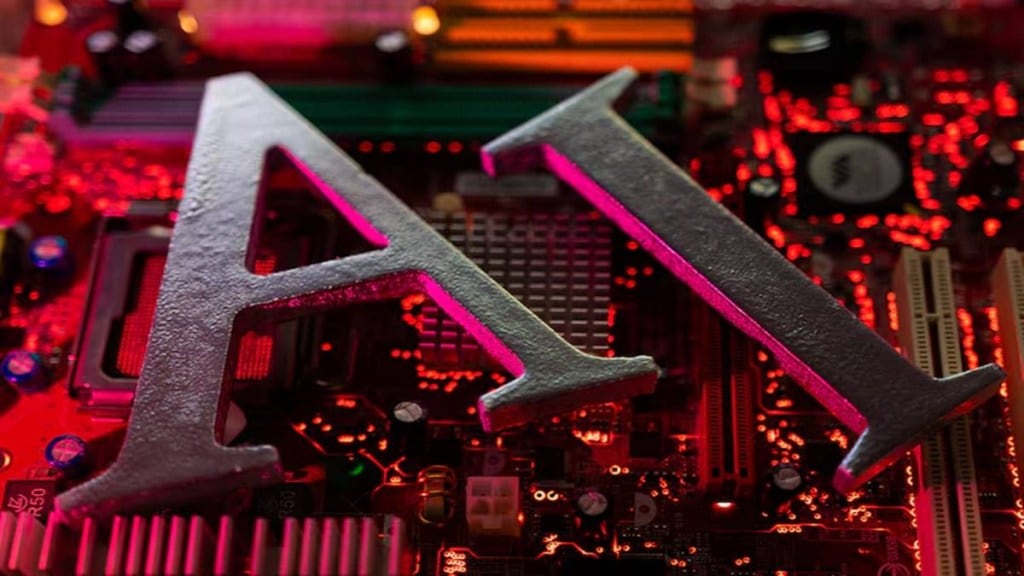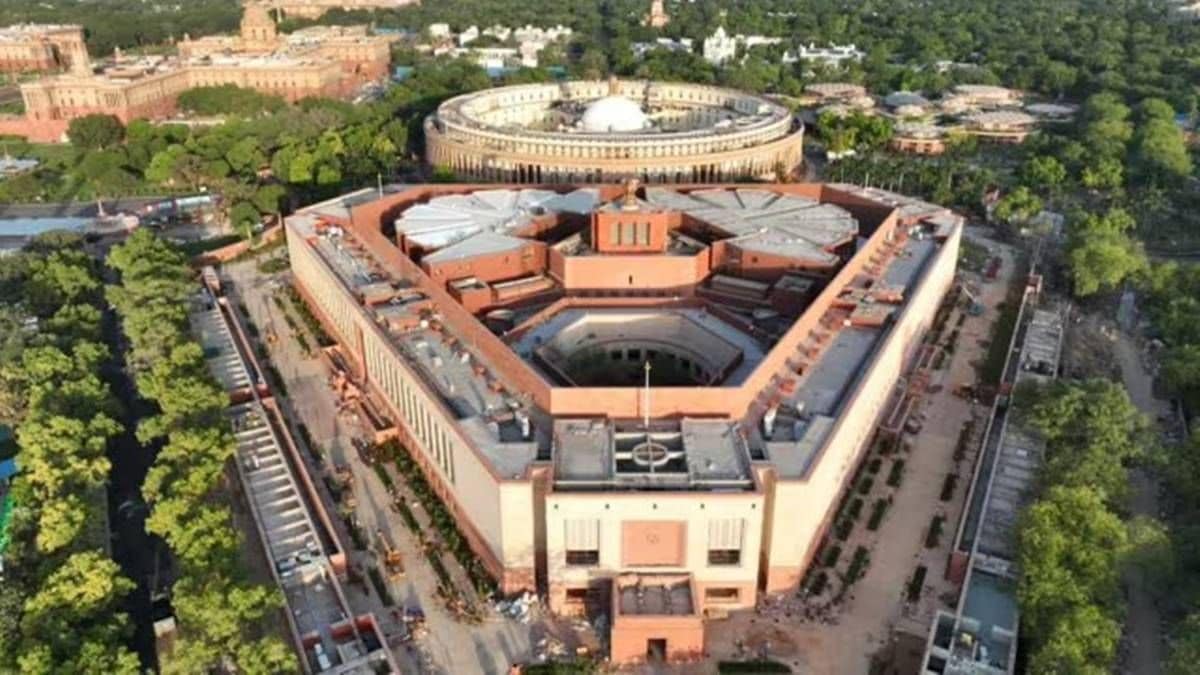Technologies like artificial intelligence (AI), 5G, Internet of things (IoT), and cloud computing are changing the entire IT landscape. Larger investments need to be made and newer solutions offered to the clients. Amit Chadha, MD & CEO, L&T Technology Services (LTTS), spoke to Padmini Dhruvaraj on the challenges which the emerging areas bring and how the company is leveraging them and reinventing itself. Excerpts:
How is LTTS leveraging emerging technologies like AI, 5G, IoT, and cloud computing to develop cutting-edge solutions and services?
In AI, we are accelerating our investments and innovation focus leading to over 61 patents being filed so far. We are starting to win AI-led deals on the back of our solutions in GenAI across asset health, software development and digital assistants. For instance, LTTS has collaborated with AT&T’s connected climate initiative (CCI) to develop connectivity-driven solutions aimed at curbing GHG emissions. Additionally, we have also collaborated with leading domain experts such as Intel to develop scalable edge-AI solutions across various applications.
Please describe some of the key use cases LTTS has used in various sectors such as aerospace and transportation
In aerospace, LTTS validated a SCADE model of a flight control system for a Russian regional jet company and delivered a compliant, certified software system and collaborated with OEMs and startups to develop electric propulsion systems for urban air mobility vehicles, including eVTOL aircraft. In transportation, LTTS partnered with a leading automotive firm to develop and test autonomous vehicle tech, including sensor fusion and AI-powered decision-making systems. LTTS’ smart traffic management system for Telangana, Patna, and Baroda optimises traffic flow using IoT sensors, data analytics, and AI, enhancing urban mobility and reducing congestion. Further, LTTS developed a comprehensive EV charging infrastructure solution for a leading automaker.
How’s LTTS preparing a future-ready workforce and do you see it impacting human jobs?
Our executive team actively participates in programmes designed to identify and cultivate potential successors to key positions. These, including the ‘Tech League’ launched by our in-house Global Engineering Academy, identify and celebrate top tech talent in the organisation. Integrating AI is not about cutting jobs but evolving roles to meet new challenges and opportunities. AI can handle repetitive tasks, allowing employees to focus on higher-value activities requiring creativity and strategic thinking. This synergy between human intelligence and AI leads to enhanced organisational efficiency, better decision-making, and sustained growth.
How is LTTS using AI or GenAI to reduce cost and improve business efficiency?
In healthcare, we are harnessing AI, especially in medical imaging. AI augments our capabilities and prevents errors by learning from each medical image and diagnosis. One of our key solutions is a computer-aided diagnostics tool to help radiologists interpret chest X-rays and detect conditions like pneumonia and tuberculosis. Beyond healthcare, we are building industry-specific GenAI use cases in flexible production digital twins, AI-powered inspection, predictive maintenance, demand forecasting, supply chain, and more. We currently have nine use cases in production.
How is LTTS supporting government initiatives like Make in India, Digital India, and Atmanirbhar Bharat?
LTTS, with its smart world & communication business, leads smart city solutions for state governments in India. We’ve implemented major public safety projects in cities like Mumbai, Hyderabad, and Nagpur, deploying thousands of devices, including cameras and network equipment. The AI-based crowd management project at Prayagraj Smart City successfully managed over 250 million people. We’ve deployed over 6 million smart meters in Uttar Pradesh, Haryana, and Delhi, aligning with Atmanirbhar Bharat’s sustainability goals.
How do you think these newer technologies will have an effect on your balance sheet in the next 2-5 years?
Our core strengths are in traditional engineering services, but digital engineering now accounts for over 60% of our annual revenue, and this is expected to rise further in the next 2-3 years. While we cannot provide an exact number, digital engineering will certainly account for more than 65% of our revenues in the next 2-5 years, transitioning us into a company with digital engineering as the core offering. Traditional engineering services will become a smaller part of our business, while digital engineering will constitute the majority of our revenues over this timeframe. As an ER&D company with a strong legacy in engineering services, these newer digital technologies are increasingly driving our business growth and transformation. They are set to significantly enhance our financial performance and balance sheet strength in the coming years.









